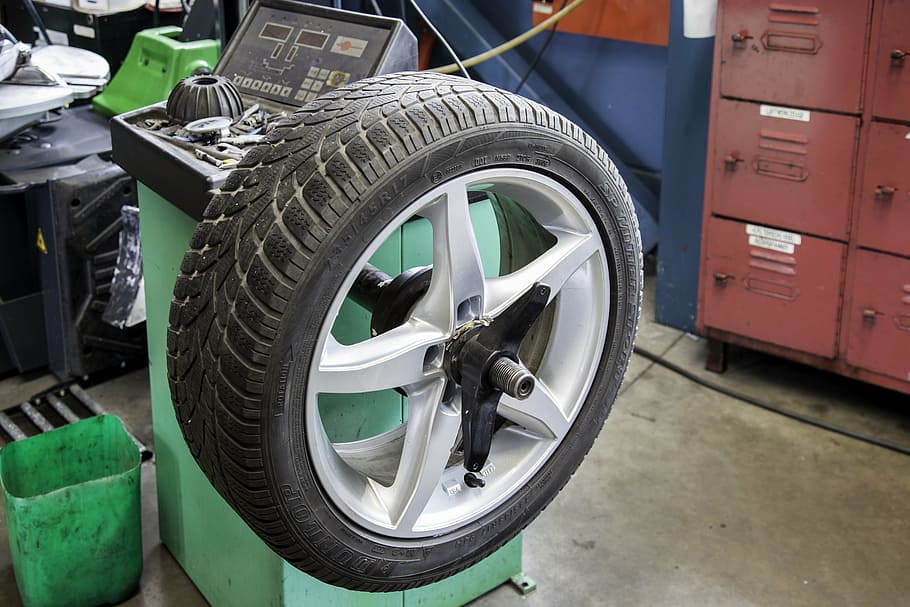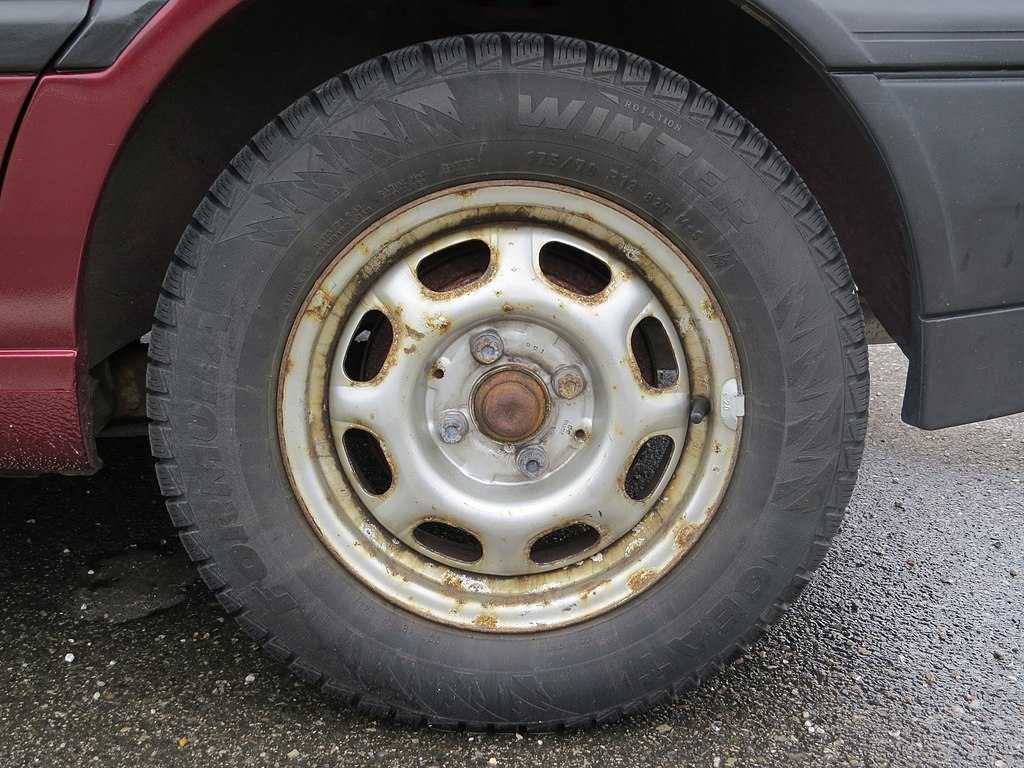Car tires on the ground are like a seesaw with one end heavier than the other. This creates unstable tires, which cause wear and tear on the tread as well as lower gas mileage. Tire balancing ensures that the weight of all four tires is equal, stabilizing them for better gas mileage and tread life.
Let’s discuss what this balancing is, the symptoms of unbalanced tires, and why you need it.
Contents
What Is Tire Balancing?
Balancing tires is the process of altering tire weight distribution to ensure tire uniformity. There could be a weight imbalance in both wheel and tire assemblies. Driving a car with misaligned wheels and tires causes many problems.
Balancing the tires prevents untimely wear. This process ensures tire uniformity by correcting any differences in weight distribution, as well as reducing tire noise and vibration. Mechanics use a tire-balancing machine to find out the amount of imbalance.
The purpose of balancing tires is to maintain optimal tire performance and life. It also helps reduce fuel consumption from tire slippage on the road surface, which results in better gas mileage.

What Are the Symptoms of Imbalanced Tires?
Unbalanced weight distribution causes many problems. Knowing about the symptoms will help you spot them pretty quickly.
Uneven tire wear
Tire wear is pretty common but because of the imbalance in weight, the wear takes place unevenly across the tread. Such uneven wear can lead to tire damage during use (such as impacts or potholes) and incorrect tire pressure.
Noise from the tires
Tire noise may also indicate that your tires need balancing. An imbalance in wheel weight distribution can be another reason for squealing sounds from the tires.
Vibration in the steering wheel
Because of this issue, the steering wheel vibrates at the time of speeding up. Balancing will also help reduce tire wear and vehicle vibration on the road.
Car pulling to one side
The vehicle pulls to the left or right when braking, accelerating, and cornering. Also, tire imbalances may make the tires wobble and slip on the road, which causes your vehicle to pull left or right.
Another problem that imbalanced tires can cause is the tilting of the steering wheel. It tends to incline to a side at the time of driving.
SEE MORE
Is Tire Balancing Necessary?
Tires with correct weight balance and alignment help improve safety by reducing tire slippage on road surfaces, resulting in better gas mileage. It also helps reduce tire wear, tire noise, and vibration. It can also help vehicles respond more smoothly to driver input during acceleration, braking, or cornering.
You will get the best performance from the tires by checking their balance and alignment on a regular basis. It’s a great way to ensure tire uniformity for smooth driving of the vehicle on any road surface.
Conclusion
Tire balancing is very important for tire performance, tire life, and vehicle safety. It can help improve gas mileage by reducing tire slippage on road surfaces while also ensuring that the tires are uniform in weight distribution to provide better handling of your car.



